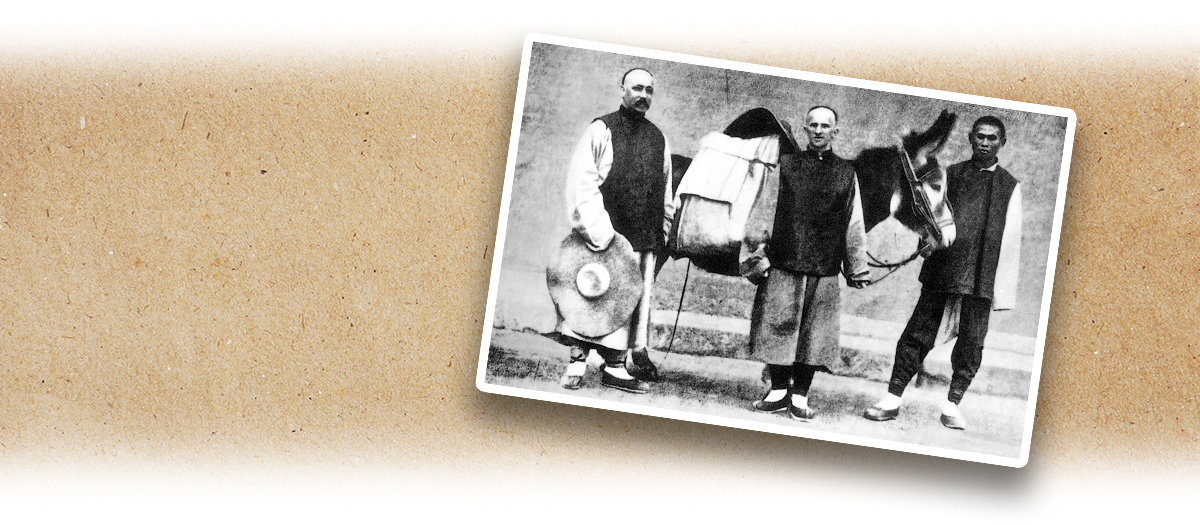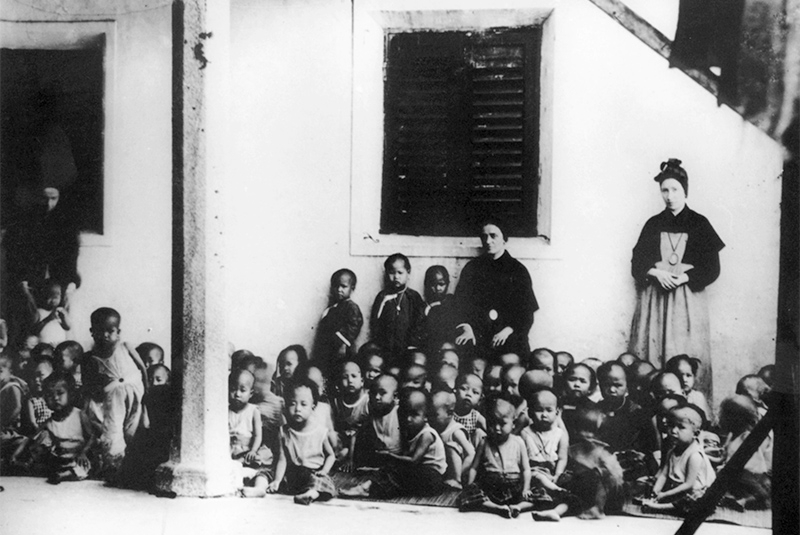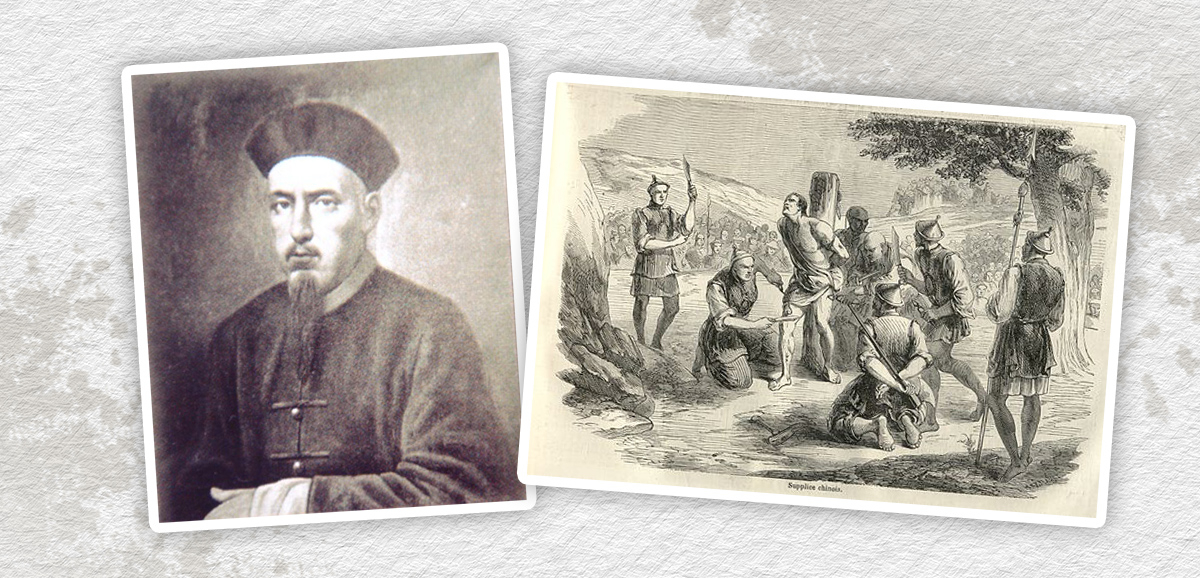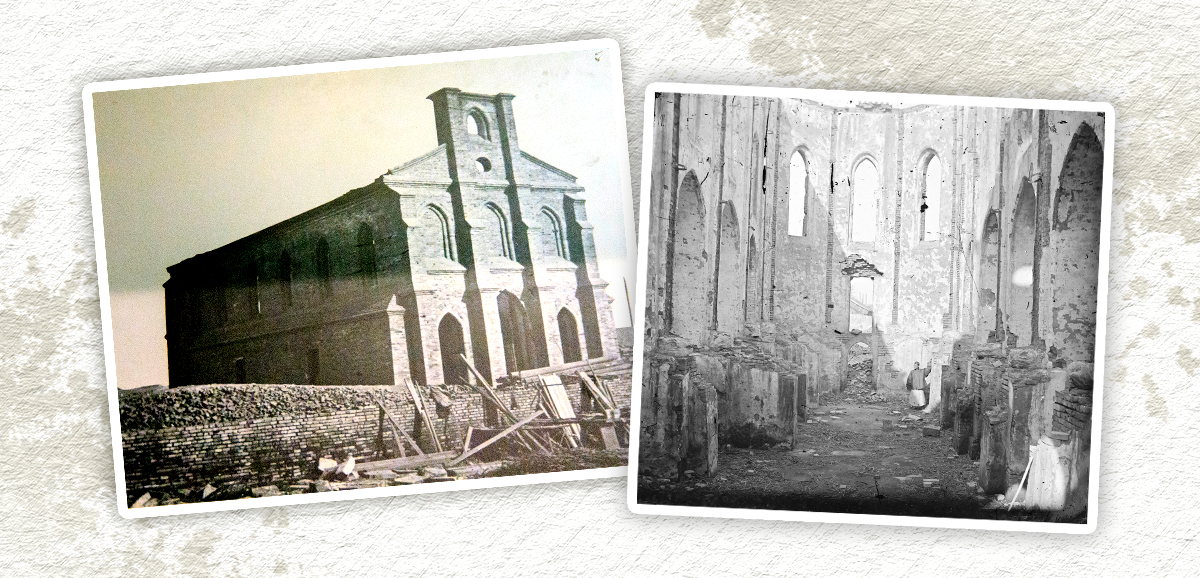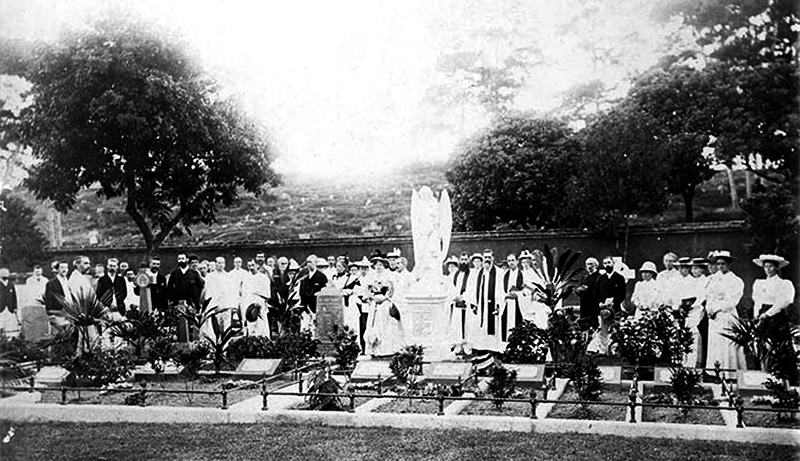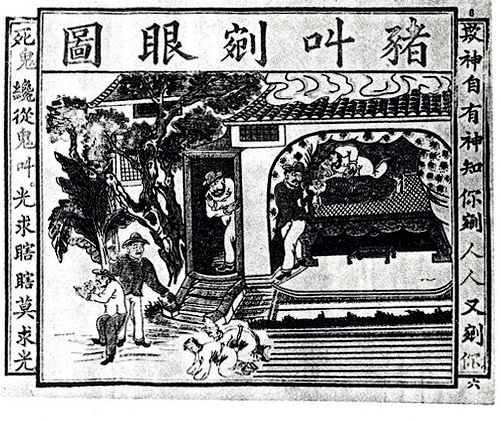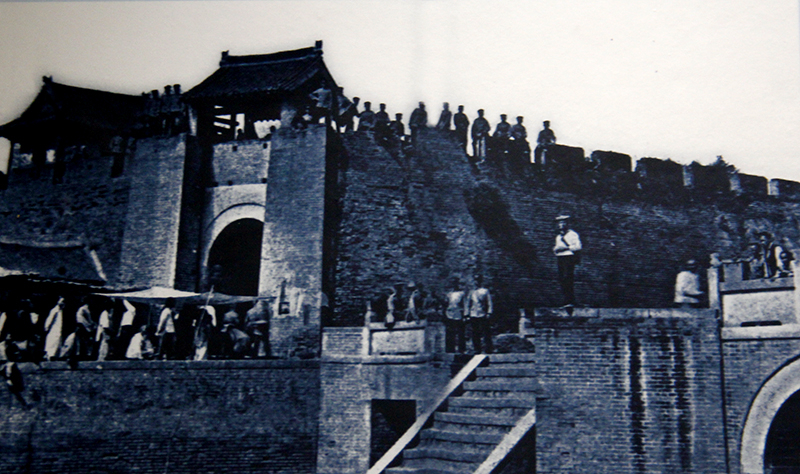Since the mid-19th century, Western cultural influence - most notably represented by the evangelisation carried out by various Christian denominations - spread across China. As Western-style churches proliferated, so did “religious incidents” sparked by anti-foreign and anti-Christian sentiments among the masses.
Studies showed that some 400 religious incidents took place between 1840 and 1900, with a minimum of six incidents per year. These incidents were usually attributed to the foreign powers’ unabated incursions into China, the condescension and bullying behaviour of some missionaries and their Chinese followers, and their immunity from local laws. In addition, the proliferation of completely unfounded rumours: claims that Western hospitals gouged out children’s eyes for mystical medicines, accusations that priests used certain mysterious contraptions to extract semen from boys etc., which often ended in widespread panic.
These factors led to a rise in anti-foreign and anti-Christian acts of violence such as destroying churches and murdering missionaries. As early as 1856, the “Xilin religious incident (西林教案)” which involved the murder of a French Catholic missionary was partially responsible for provoking the invasion of the Anglo-French Alliance (英法聯軍). In 1870, there was the “Tianjin religious incident (天津教案)” in which a mob of several thousand people beat the French Consul to death, and set fire to the church concerned, and numerous other French, British, American, Russian, and Spanish churches as well as the French consulate. The cause was unfounded rumours that the orphanage staff murdered dozens of infants. In 1897, the “Caozhou religious incident” that took place in Juye County (鉅野縣), Caozhou (曹州), Shandong Province (山東), ended with the destruction of a German church and the death of two priests. In Shandong, these anti-foreign and anti-Christian acts grew into the Boxer Rebellion, and spread to Tianjin and other regions in Hebei Province (河北).
Throughout China’s early modern history - from the Opium War to the end of the Qing dynasty - conflicts over Western religions (in particular Christianity and its denominations, namely the Roman Catholicism, Protestantism, and the Eastern Orthodox Church) were rife and they frequently led to churches being burnt and their missionaries and worshippers murdered. These occurrence are referred to as “religious incidents”.
|
|
Can the perpetuation of religious incidents by ordinary Chinese people by the end of the 19th century be considered as populist acts? |
|
|
See answer below. |
After the Opium War, the spread of Western religions in China accelerated. The photo shows two Western missionaries posing with their Chinese guide and donkey as they travelled to Chinese villages to spread the faith. The deluge of Western missionaries into China was a cause of frequent Sino-foreign conflicts.
A modern-day photo of the Cathedral of Sts. Peter and Paul in Baoding (保定), Hebei. Established in 1898, the Western church features a spire and a cross, setting it apart from Chinese architecture of the time. Back then, it was regarded as an eyesore by many locals, who thought it disrupted the area’s feng shui (風水) and peaceful atmosphere.
A late Qing church orphanage. Besides spreading their faith, Western churches also ran schools, hospitals, and orphanages. Regrettably, these charitable endeavours did not help much in improving the church-public relations, but often sparked off “religious incidents”.
In February 1856, a French missionary named Auguste Chapdelaine evangelised in Xilin (西林), Guangxi Province (廣西). He was arrested and killed by the local authorities. The incident became known as the “Xilin religious incident”. Pictured is a portrait of Chapdelaine and an illustration depicting his execution. France later used the incident to justify its military action against China and formed a coalition with Britain, which was at war with China at that time. The incident was one of the immediate causes of the invasion of the Anglo-French Alliance.
In 1868, a religious incident occurred in Yangzhou (揚州), Jiangsu Province (江蘇). Pictured are the ruins of the incident and an illustration depicting a missionary’s female family member jumping off a building to escape the fire.
In 1868, a plague broke out in an orphanage established by a French missionary killed many of its infants. Rumours had it that foreign missionaries tortured them to death, leading to an increase in anti-Christian sentiment. In August, a mob of several thousand people besieged and set fire to a quarter of a British Christian missionary, injuring many. Following the incident, the British government demanded a response from the Qing government, and dispatched British warships to China in a show of might. In the end, the Qing government had to accede to Britain’s demands to punish those responsible and make reparations.
In 1870, a religious incident in Tianjin led to the burning of a church and the murder of missionaries. The pictures show the church’s burnt out remains seen from the outside and inside respectively.
In June 1870, a disease broke out in a French missionary-run orphanage in Tianjin killed many of its infants. Rumours claimed that the missionaries kidnapped and killed the infants to harvest their organs for manufacturing medicines. An anti-Christian and xenophobic mob of several thousand people soon gathered. Henri-Victor Fontainer, the French Consul, was beaten to death. The French consulate and several French, British, American, Russian, and Spanish churches were burnt; dozens of missionaries, foreigners, and Chinese Christians were killed. Warships from seven nations - including Britain, the United States, and France - were dispatched to force China for an answer. In the end, the Qing government acceded to their demands and had numerous offenders executed or sent into military exile. Also, apologies and reparations were extended to the affected nations.
In 1895, a religious incident in Gutian (古田), Fujian Province (福建), resulted in the death of 11 people, including a British missionary, his wife, his son, and other female missionaries. Pictured is a photo of their funeral service. In response to the foreign diplomatic and military pressure, the Qing government punished the murderers severely.
An illustration titled Pig Squeals Gouges Eyes (Zhujiao wanyan tu,《豬叫剜眼圖》), a veiled warning about the foreign missionaries’ plot to harvest human eyes for medicine-making. “Pig squeals” is a pun on the similarity of pronunciation of “bishop” in Chinese (zhujiao). The illustration was used to express public anger towards the “pig squeals” (bishop). The anti-Christian public sentiment was fuelled by various factors. It had much to do with illiteracy and widespread ignorance. For instance, ignorant about Western medicine, the people were easily taken in by rumours that the missionaries harvested human eyes and organs for their medicines. This often resulted in religious incidents.
The execution of those responsible for the religious incident in Gutian in 1895. Shaken by successive military defeats, Chinese bureaucrats - from those in central to local governments - had come to dread foreign reactions. Whenever a religious incident occurred, they spared no effort in pacifying the nations concerned by punishing those responsible severely, issuing apologies, and making reparations. Yet, they never made any effort to defuse public anger. This fuelled public discontent and paved the way for increasingly extreme xenophobic actions.
German soldiers at the city wall of Jiaozhou (膠州), Shandong, in 1898. In November 1897, two German missionaries were killed in Juye County, Caozhou, Shandong. This became known as the “Caozhou religious incident” or the “Juye religious incident.” Germany seized upon the incident as a pretext for their military occupation of Jiaozhou Bay (膠州灣). As the missionaries had military backing from their home countries and religious incidents often became the casus belli for foreign intimidation or aggression, these incidents ended up fuelling the Chinese public’s growing hatred towards the foreigners and their religions.
|
|
Can the perpetuation of religious incidents by ordinary Chinese people by the end of the 19th century be considered as populist acts? |
|
|
In the modern age, populism refers to the tendency to resort to extreme measures against authorities, dictatorships, and elites, while justifying these acts by claiming they are perpetuated “for the good of the common people”. In mid-19th-century Russia, “go to the people” became the slogan of a populist movement. The late 19th-century United States also saw the rise of the People’s Party, a movement formed by farmers to retaliate against exploitation. In China, populist culture has been part of Chinese tradition since ancient times, with every uprising throughout history adopting familiar slogans such as “kill the rich to aid the poor” and “enforce justice on behalf of heaven”. The religious incidents that occurred in China in the early modern era and the extreme measures used - destroying churches, cables, railways - were rooted in the same populist tradition. |
Source of most photos used in this feature piece: Fotoe





